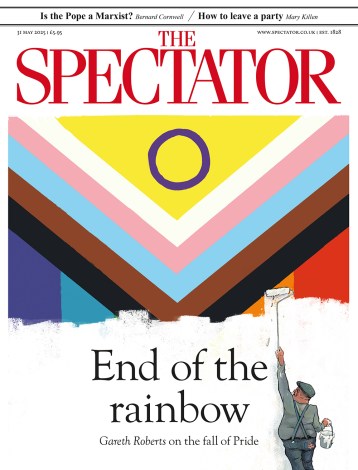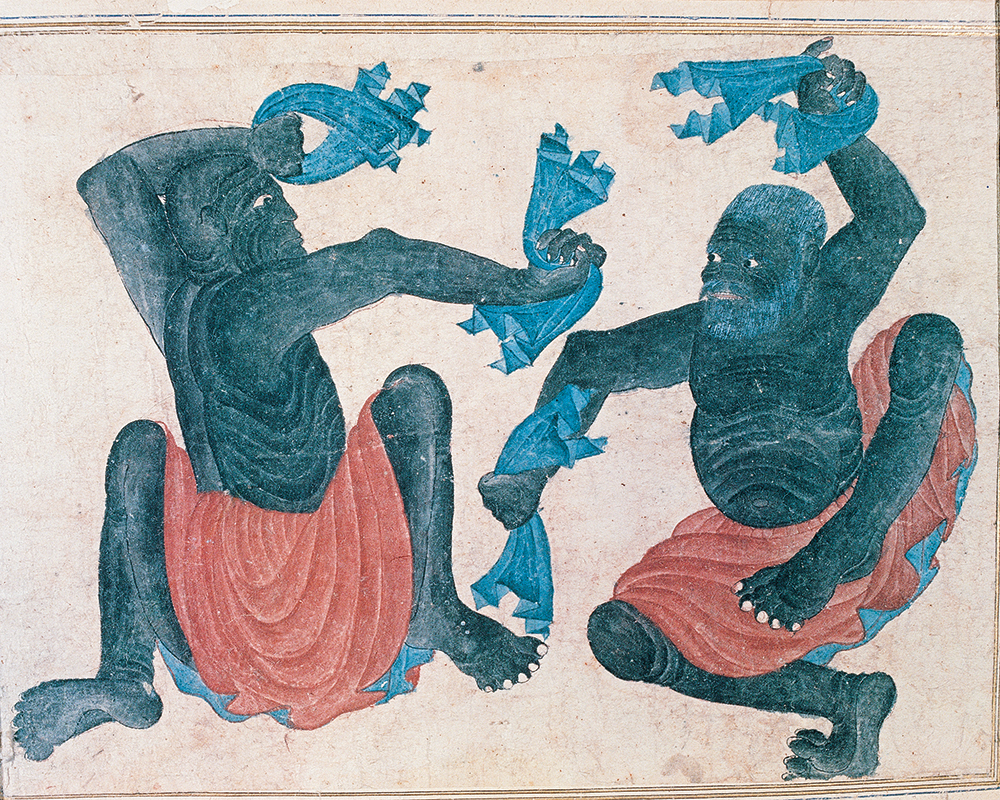
In 2014, in the course of his inquiry into shamanism, the anthropologist Manvir Singh spent time with the Mentawai people on the Indonesian island of Siberut. He estimated that among the 265 residents he managed to interview, 24 were male shamans, or sikerei. These ‘specialists’, as he puts it, were uniquely empowered to commune with spirits and provide a range of services which included healing, divination and raining down afflictions on enemies. Over the course of two extended visits, living on a diet of fried grubs, boiled pangolin and pigs’ testicles, Singh witnessed ceremonies characterised by ‘turmeric coated sikerei decked out in leaves and beads… the dissonant clanging of bells and the hellish squeals of sacrificed pigs’.
One such ceremony was to heal a young boy who had become dangerously ill because, it was believed, someone in the clan had not shared meat. Angered by such stinginess, the crocodile spirit Sikameinan had sneaked into the clan’s longhouse and radiated a sickness, sapping the boy of strength. A group of sikerei sang songs, inviting Sikameinan into a bowl of water which they carefully carried to the river and emptied. When the sikerei returned, they recited a Christian prayer and ate a celebratory meal, leaving with the best pieces of meat.
Singh writes that when he tells people he studies shamanism he usually gets two conflicting views of it. The first, that it is ‘primeval wisdom’, a remnant of our once true spirituality and connection to nature. With our shift to industrialised cities, we have abandoned this wisdom, ‘subjecting [ourselves] to depression and meaninglessness’. The second is that it is ‘superstitious savagery’, a relic of a bygone era produced by crafty showmen to exploit the credulous; and that the decline of shamanism represents a triumph of reason over irrationality – of science over magic.









Comments
Join the debate for just $5 for 3 months
Be part of the conversation with other Spectator readers by getting your first three months for $5.
UNLOCK ACCESS Just $5 for 3 monthsAlready a subscriber? Log in